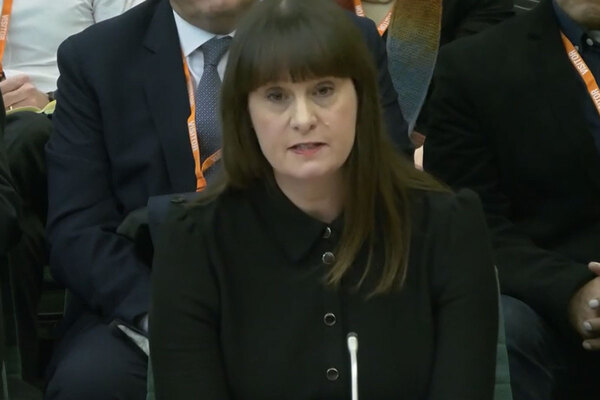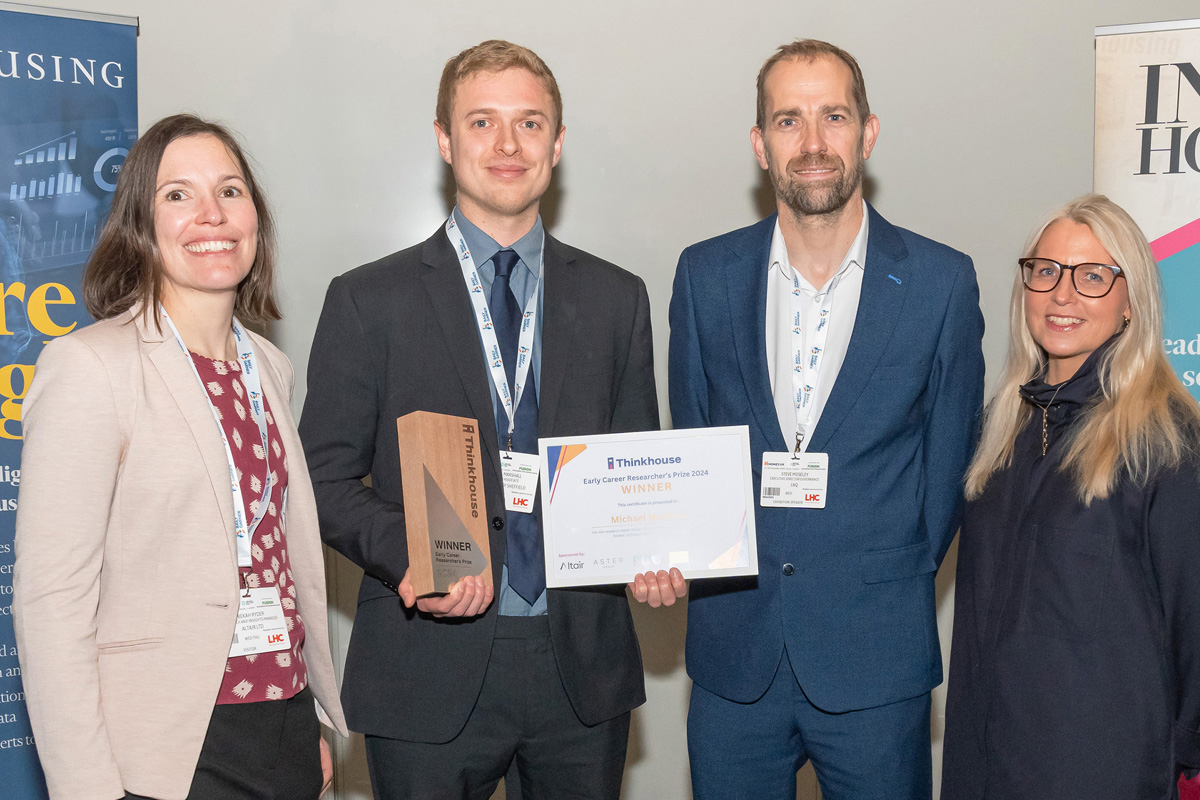The benefits of digital solutions for housing associations
Steve Dungworth provides some tips for kick-starting your digital transformation
Whether you are a ‘digital native’ or a ‘digital immigrant’ (someone who can remember when you had to get up from the sofa to change the TV channel), everyone nowadays transacts – and expects to be able to transact – online.
More than 80% of us book our holidays over the internet, while 70% of us are happy to do our banking online. Nearly half of us (40%) buy clothes and 35% do the weekly grocery shop digitally.
Yet, when it comes to social housing, online take-up is still very low, with most housing providers seeing less than 5% of their customers adopting it. This is despite many housing associations having ambitious adoption targets of anything from 50% to 80%. Why?
There are many reasons, but I would argue it boils down to the following five broad (slightly overlapping) issues:
1. Assumed that if they built it, their customers would come
It is recognised some form of digital solution needs to be developed and a lot of time and money is then spent building it. However, this is not necessarily accompanied by effective and ongoing marketing and communication to explain that this new functionality exists, how to use it and, crucially, why it is of benefit, both internally and to the tenant or customer.
2. Insufficient capacity, skill or capability
We are not Amazon and technological advancements in our sector are behind others. As a result, IT teams are often inadequately resourced or ill-equipped to cope with fast change. This can also lead to platforms not being joined up, lacking intuitiveness or failing to meet the expectations of a population increasingly used to (and expecting) the algorithm-powered shopping experience of, say, ASOS or being able to track their pizza delivery in real time.
3. Ambition and investment
It seems that too often, although the board or executive leadership ‘gets’ digital transformation in principle, there is not enough understanding about what it means practically – in other words how to provide solutions that will resonate with and be meaningful for residents.
4. Fear of failure
Housing associations often feel that if they invest money in a big technology project and it fails, it will be very wasteful and their reputation might be damaged. They may also fear taking the plunge, because functionality is changing so fast.
5. Pace and purpose
This is the very laudable concern that when residents need to report or manage complex issues such as a repair, digital might not be the right way of doing it. There is the (again very laudable) worry that by shifting to digital channels too hard or too fast, housing associations risk disadvantaging their most vulnerable or digitally illiterate customers.
So, does this mean that shifts in channel and digital transformation can never be the money-saving, customer-satisfying solution for housing associations they are often assumed to be? No, but I would argue it is important to ‘look before you leap’ and remember the following points:
1. It is about people, not technology
Technology enables customers to change channel, but to make that shift ‘stick’, you need to step back and recognise that at the end of the day, the solution is still about people: it is about getting that repair fixed on time, first time, being able to see that rent balance at the swipe of a finger, and being able to get genuinely useful answers and solutions without having to pick up the phone. That means the conversation always needs to be, “What does this technology need to do or offer?” rather than, “What can this technology do or offer?”
2. It should be easy to use and intuitive
These days, most users want to interact using their smartphone or tablet, so whatever digital channel you put in place must work on these platforms and be easy to use. That means lots of pictures and fewer words when designing. It may also mean doing some legwork on the ground to understand residents’ digital habits and how they are changing and evolving. Counter-intuitively, channel shift can therefore mean getting out and engaging face-to-face with your residents more, to find out what it is that they want to use and will continue to use.
3. It needs to be supported by proper training, marketing and communication, internally and externally
Your teams need to understand how this new functionality works and what is in it for them, as well as be able to answer the questions residents will naturally have about it.
What, then, should housing associations be doing to kick-start this transformational process and pull themselves into a position where, in terms of digital, tenants and residents are beginning to view them in the same way that they view retail, banking or holidays? I would argue it comes down to four takeaways:
1. You cannot stick your head in the sand
Digital is not going away and customers’ expectations are only going to become, if anything, greater over time. Housing associations therefore have little choice but to embrace this agenda. But to do this effectively, they must also recognise the risks of doing it in a piecemeal or half-hearted manner.
2. Think laterally about functionality
It may be that traditional, expensive, all singing and dancing solutions are not going to be the best options, especially for smaller housing associations – those with perhaps 2,000-3,000 properties and where the IT team will probably be only one or two people. That is where a solution such as Prodo’s Franklin might be able to come into play, about which Rob Walker has more to say in his column.
3. More collaboration and sharing of innovation
I do not see any reason why groups of smaller housing organisations grouped geographically couldn’t start working together to procure collaboratively, rather than ending up with, say, 10 different systems. Similarly, why can’t larger associations set aside some time to mentor smaller ones? This will, naturally, need a creative shift in mindset. But, at the end of the day, our end goal is the same: better social housing. Technology suppliers could also help by designing solutions that can be implemented in bite-sized chunks.
4. Better, more proactive industry leadership
Finally, I would like to see a more co-ordinated championing of digital by regional bodies, as well as our sector and industry bodies, including the National Housing Federation and the Chartered Institute of Housing. It surprises me that despite the importance of this agenda to the future of our sector, we don’t have more digital champions or teams of people who are bringing us together. That is something I’d hope we can change. Let’s start a conversation.











